We are DL4EO
Deep Learning
for Earth Observation
what are our values?
Our mission
Quality, reliability and continuous improvement
of deep learning based detectors on satellite images
Promote quality and reliability of object detectors for EO imagery
The adoption of deep learning based algorithms on satellite imagery needs high quality and reliability. Metrics needs to be published and audited by various parties to build trust in the technology. Errors and edge-cases need to be analyzed and shared with potential users in order to find corrective actions. In turn, this will support explanability and ethical practices that are also needed for larger adoption.
Advance data-centric workflows for training and continuous improvement
Building a object detector on satellite imagery cannot be achieved without placing data at the center of the development process. Tagging and data-mining are key elements of the final product. A data-centric workflow enables to label exactly the data which needs to be labelled in order to make the model better at every cycle. This means that a MLOps framework is used and that it includes the human annotator in the loop. This enables to continuously improve the model.
Foster adoption through open-source strategy and global training
Some organizations can use pre-defined algorithms but some others will need to adapt the algorithms to their specific use-case. It could be a specific classification, a specific type of imagery (bands, resolution, geometry). One size does not fits all in Earth Observation. Consulting, mentoring and training are very important to increase knowledge and know-how in all industries using satellite imagery. That is also why open standards, open source, sharing knowledge and building community are key elements that DL4EO wants to foster.
what do we provide?
Our services
Innovation, development and qualification
for artificial intelligence algorithms on satellite images
Custom object detectors on satellite imagery
This is typically a 3 to 6 months project which start by the definition of the objectives with the stakeholders and finishes with the delivery of a production-ready container (Docker) which detects objects in satellite imagery. All the anotations work and data-centric model building is created efficiently and provided to the client.
Innovation in Deep Learning for Earth Observation
Applying Deep Learning to the specifics of satellite imagery is a real passion! From taking avantage of hyperspectral bands, to leveraging synthetic images for rare objects detection to the automatic extraction of height and other object characteristics, this is my core expertise at the convergence of physics, computer science and customer-oriented problem-solving skills.
Rapid-prototyping, Benchmarking and Evaluation
The speed of innovation in the Deep Learning field is very high. It is always a good idea to test ideas and do prototyping before engaging into a new challenge. I can help you with that and also benchmark your algorithms against the state-of-the-art. I can also help you with the evaluation of your algorithms and the definition of the metrics that are relevant for your use-case.
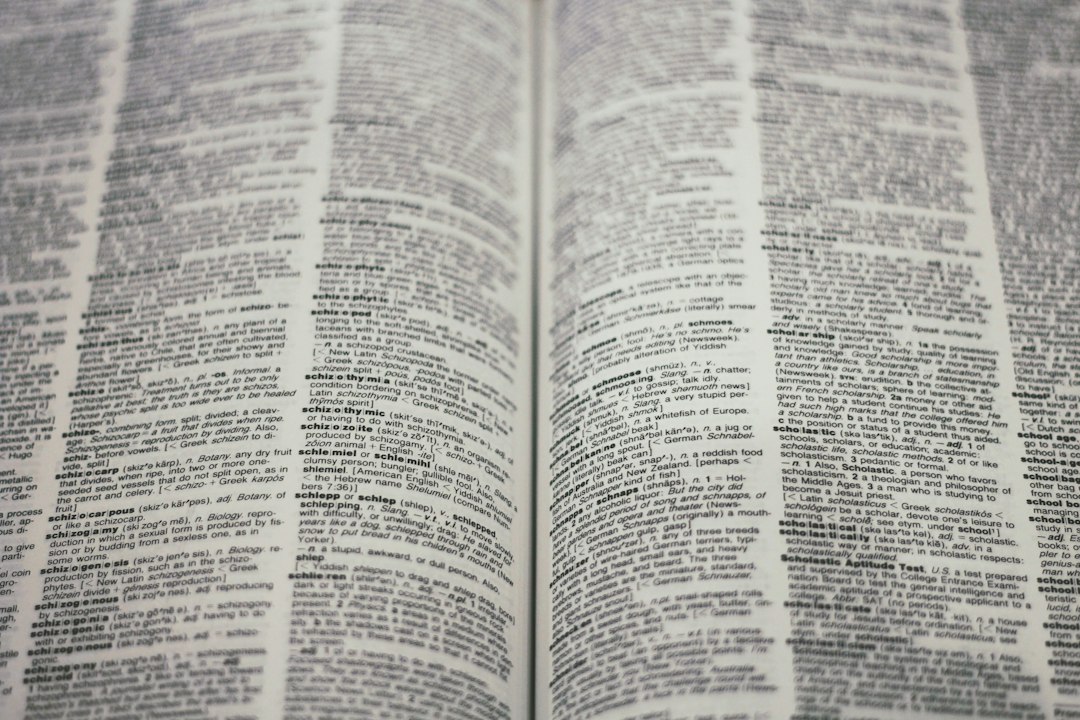
TECHNOLOGY WATCH
Open Vocabulary Detectors
The advent of LLMs (Large Language Models) and multmodal encoders (linking text and image) is stimulating the release of new models for object detection in images. Since these fundation models have been trained with some aerial images, they partially work on satellite imagery. Further research and specific training will probably be needed to achieve state-of-the-art performances. But for now, it is already amazing to be able to search for objects based on a text prompt. Below is a link to a demonstration of GroundDINO applied to satellite images.
View online demo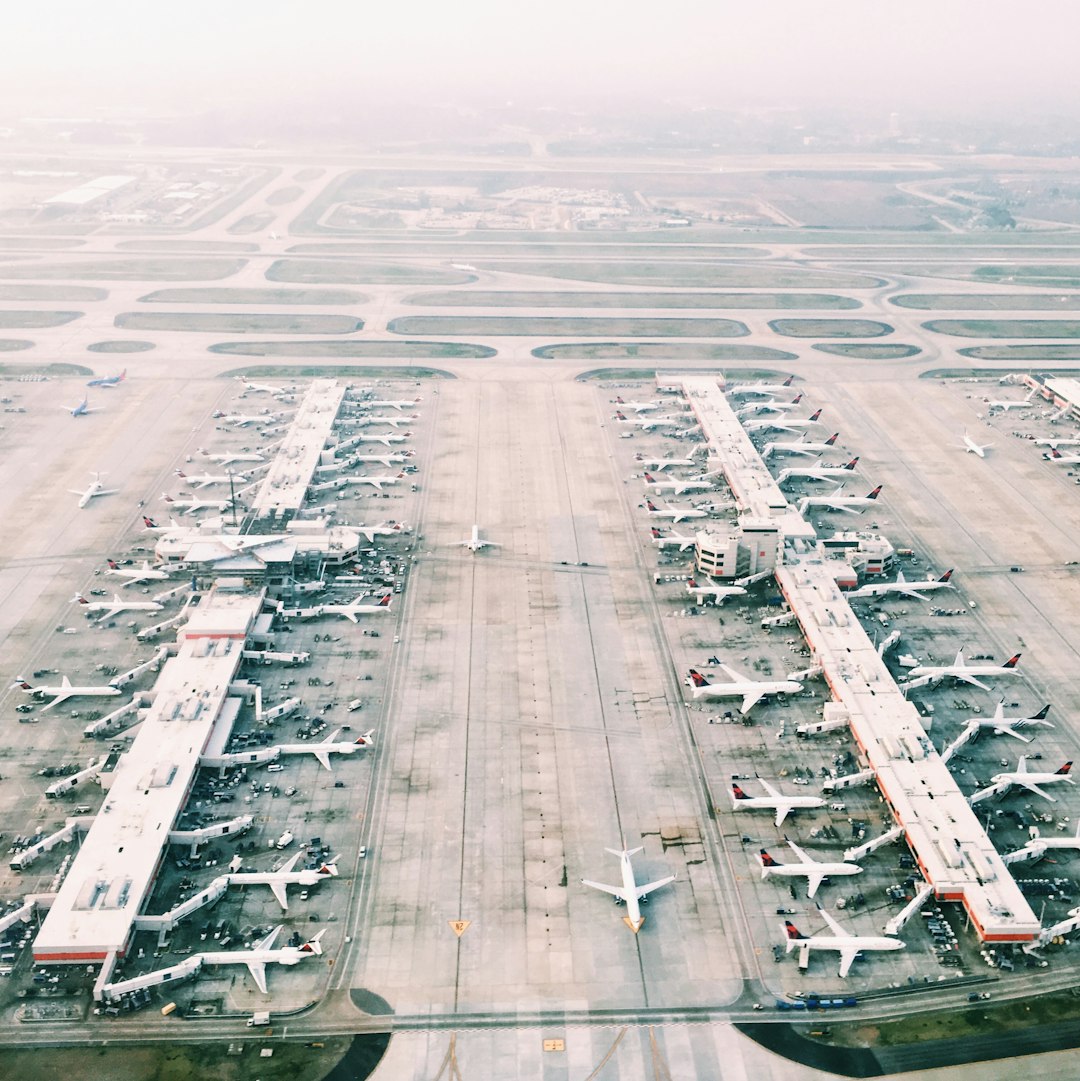
customized detector
Aircraft detection with YOLOv8
Aircraft detection is a recurrent subject for automatic detection in optical satellite imagery. As a consequence, a lot of datasets and frameworks are available for experimentation. The following demonstration is based on the Ultralytics YOLOv8 framework but other frameworks can be used. The model has been trained on a combination of satellite images from various providers. The results are very good and the model is able to detect a large variety of commercial aircrafts in various environments. For military or otherwise specific aircrafts or images, we can turn around a customized detector in a matter of days. Let's get in touch!
Read article View demo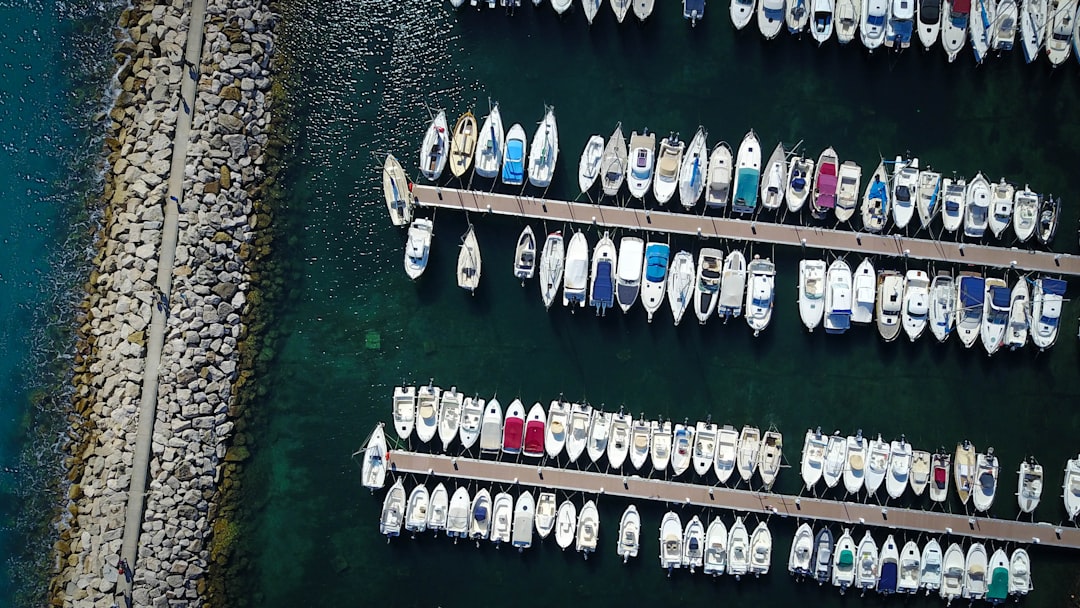
Open innovation
Ship Detection
Depending on the resolution of the satellite images and the size of the ships to be detected, either object detection or object detection architectures can be used. When using segmentation, some specific training and post-processing strategies should be used. With object detection models, we recommend to use oriented bounding box architecture which help with the identification of ships and enable to automatically extract the direction of each ship. We have an extended experience working with oriented bounding boxes frameworks on the subject of ships detection in satellite image with resolution ranging from 1.5 m to 30 cm.
Read article View demo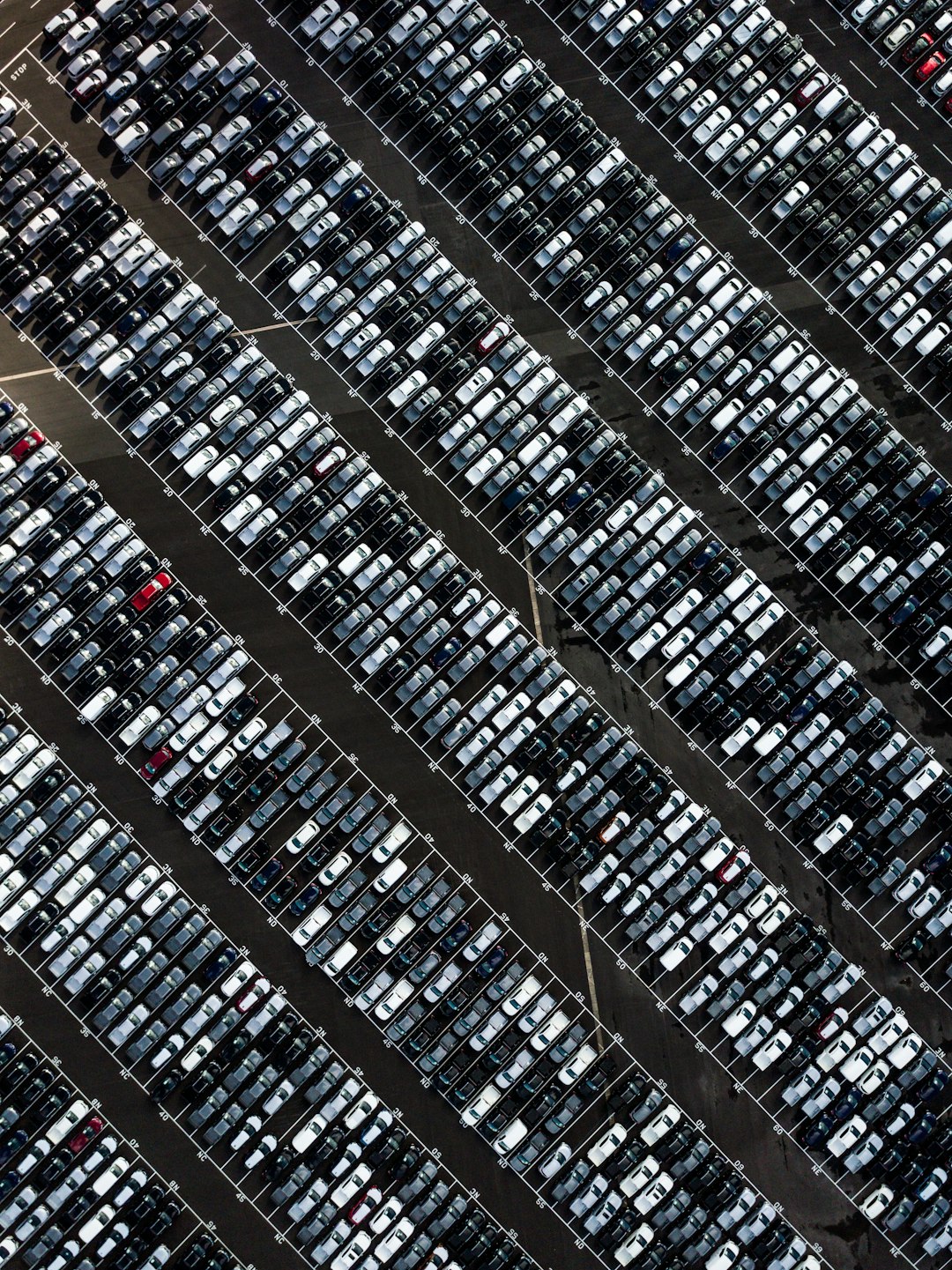
customized detector
Vehicle detection in VHR imagery
Vehicles like cars, buses, trucks, construction and military vehicles can be detected with a resolution under 50 cm. Oriented bounding boxes architectures work well on 30 cm resolution and below. Due to the large variety of vehicles, both civilian and military, the creation of the training dataset also requires a lot of expertise so that it is balanced and not redundant. And in some cases where objects are very rare, using synthetic imagery could help a lot.
Read more (coming soon) View demo (coming soon)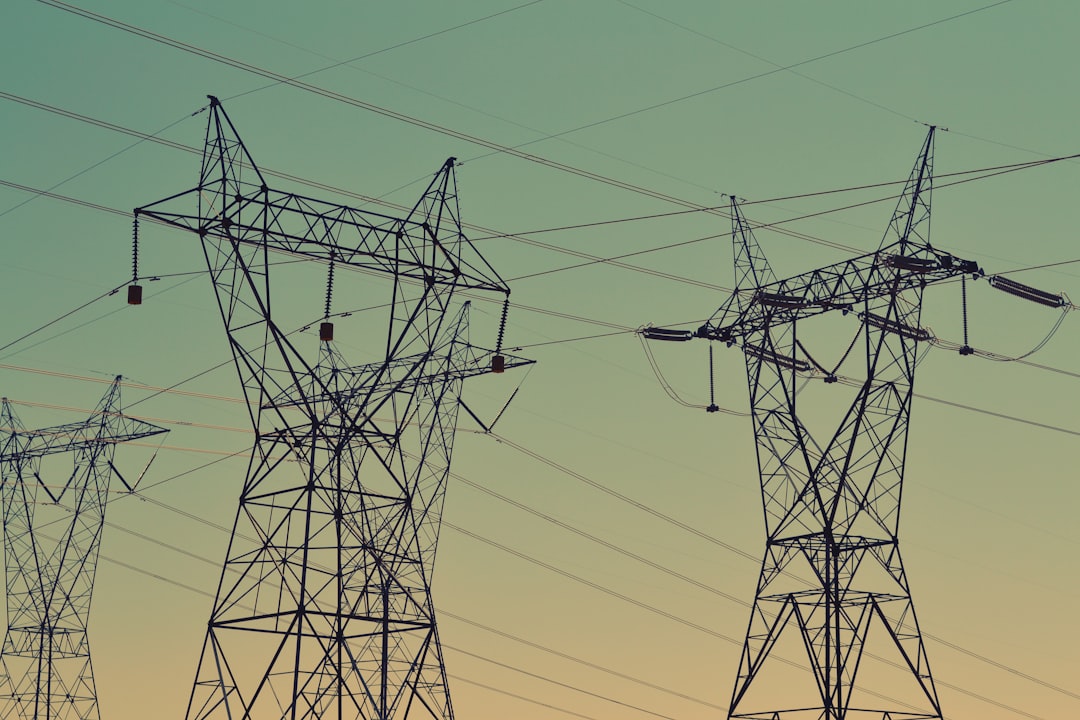
INNOVATION
Measurement of height of objects
Extracting pylons from satellite images is a subject in itself because these objects are mostly hollow and often can only be detected through their shadow in satellite images. But we can go even further... Using the predicted bounding box and the acquisition parameters, it is possible to extract the height of the pylons. This is a typical mix of deep learning techniques and precise measurement based on space technologies.
Read more (coming soon)
Technololgy watch
Oriented bounding box multi-class detection
Leveraging the power of the OpenMMLab MMRotate framework, this model excels in detecting objects in satellite images using oriented bounding boxes. Why oriented? Because they offer cleaner content without background clutter, and they can even pinpoint the orientation of objects like ships or airplanes. Trained on the diverse DOTA dataset with 15 classes, this model is perfect for detecting everything from planes to swimming pools. Experience it live via our demo on HuggingFace below. Need tailored solutions? Let's chat. From imagery provision to cloud deployment, we've got you covered. Harness the power of AI for your unique needs with our customizable solution.
View demo
Training and mentoring
Oil storage detection
The oil storage algorithm dectects POL (Petroleum, Oil and Lubricants) tanks visible on satellite imagery (typically SPOT imagery but any other type of medium resolution imagery). It has a minimum threshold of 5 pixels for the diameter of tanks. This is typically a subject that I use for training and mentoring. I have a lot of experience in this field and I can provide you with a lot of insights on how to build a dataset and a model for a specific use-case. I can provide a full traning on scoping the project, generating the annotation, training the model, qualifying it and deploying it on an cloud infrastructure.
Read article View demo